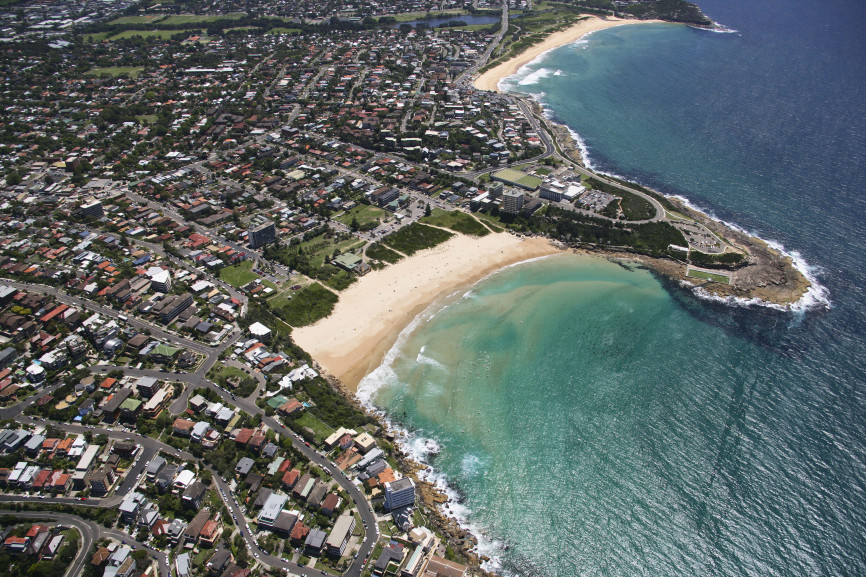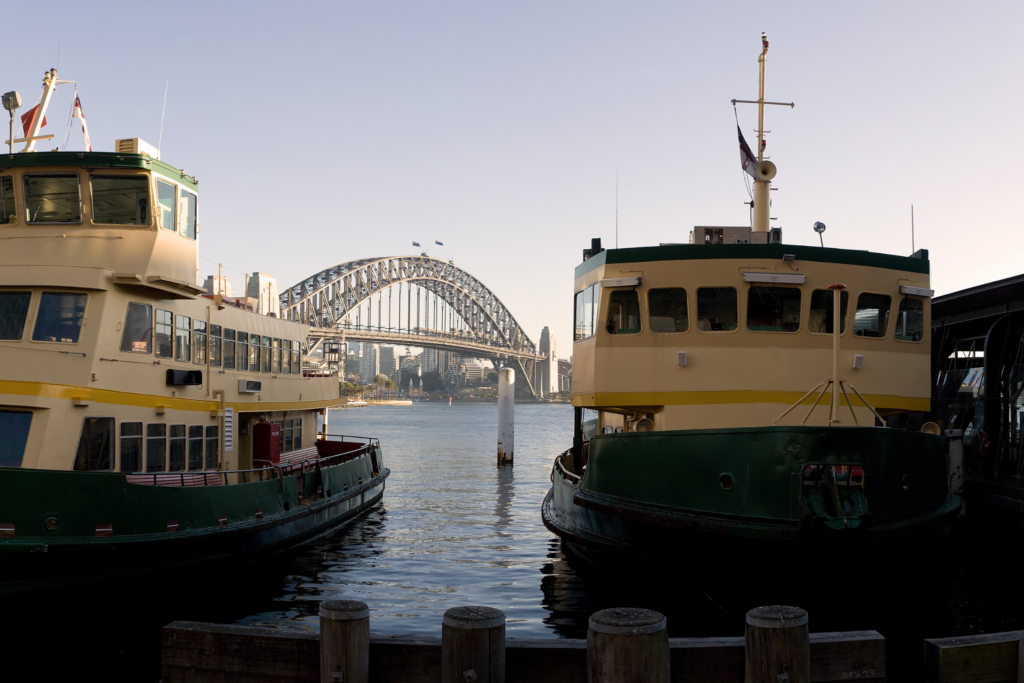
What are the best investment property suburbs? Often, they’re the best neighbourhoods.
That’s because the investment properties that tend to enjoy the best capital growth and rental growth over the long-term are those with the most owner-occupier appeal.
Not many owner-occupiers want to live in those mass-produced apartments that developers build to sell to property investors. So demand is low, which restricts the amount of price growth, while rental growth is hamstrung by too much supply.
Conversely, a lot of people want to live in homes that have some character. And if you combine quality homes with cool places to live, you’ve got yourself a recipe for strong owner-occupier appeal. Demand for those kinds of properties tends to be high, which puts upward pressure on price growth and rental growth.
Please note, though, that these are generalisations. The best neighbourhoods don’t always make the best locations to invest in real estate, just as the best locations to invest in real estate aren’t always the best neighbourhoods. That’s because capital growth and yield are based on a range of supply and demand factors, and a neighbourhood’s quality is just one (demand-related) piece of the puzzle.
“I want to find my perfect place to live” – that’s often what tenants are thinking to themselves when they search for a rental property.
So one of your challenges, as a property investor, is to identify properties and neighbourhoods with high levels of liveability – because, if you do, there’s a good chance your investment property will enjoy strong rates of capital growth and rental growth over the long-term.
With that in mind, here are 10 ways to find the best neighbourhoods:
The best neighbourhoods tend to have above-average levels of household income. Not coincidentally, the best neighbourhoods tend to have higher-quality amenities and businesses than other suburbs. After all, councils need a lot of money to build and maintain playgrounds, artworks, community centres, public toilets and other amenities. And businesses prefer to service wealthy suburbs, because residents have more money to spend.
So if you want to find cool places to live, check out the latest Census (which is published by the Australian Bureau of Statistics) and research the household income levels of different suburbs.
While you’re looking at the Census, research the demographics of different suburbs. Here are some data points to focus on:
Education levels – the best neighbourhoods tend to be more educated than average, as educated people have more secure and higher-paying jobs
Occupation – the best neighbourhoods tend to have an above-average share of white-collar workers, as they tend to have more secure and higher-paying jobs
Employment status – the best neighbourhoods tend have below-average rates of unemployment, as that translates into more spending and fewer social problems
Owner share – the best neighbourhoods tend to have an above-average share of owner-occupiers, as owners care more about maintaining a suburb than tenants
Median age – the best neighbourhoods tend to be younger than average, as younger people bring energy to a suburb
No one wants to live in suburbs with lots of burglaries, assaults and property damage. That’s why the best neighbourhoods tend to have below-average crime rates.
Some state police forces publish local crime data – just do an internet search for “[State] police crime data”.
Cool places to live are often very walkable. That means you can often reach shops, cafes, restaurants, pubs, beauty salons, supermarkets, medical centres, parks and libraries on foot, rather than having to jump in the car. That not only makes the suburb a more pleasant place to live, it also leads to more foot traffic, which gives a place more energy and colour.
To find out the walkability of a particular neighbourhood or property, go to Walk Score and enter either the suburb or address. You’ll then find out how many day-to-day tasks can be accomplished on foot.
Just as owner-occupiers and tenants enjoy living in suburbs with high levels of walkability, they also appreciate having good public transport links when they want to leave. That means having public transport – whether it’s bus, train, tram or ferry – that’s reliable, that’s plentiful and that gives residents the chance to efficiently travel to other places. To research public transport links, you can use resources like Moovit and Rome2rio, or visit the website of your local public transport department.

Just as the best locations to invest in real estate usually have good schools, so do the best neighbourhoods. There’s often a correlation between a suburb’s household income and the quality of its schools, because while governments officially fund schools, parents also provide support either by making financial contributions or volunteering their time. You can use My School to find schools in a particular suburb, as well as their profile and NAPLAN results. The Australian Schools Directory also has a list of all government and private schools in Australia.
The best neighbourhoods tend to enjoy above-average levels of property price and rental growth over the long-term. Why? Because of the factors mentioned above. If a suburb has good schools, good public transport, plenty of green space, high levels of walkability, low crime rates and positive demographics, it will be in high demand, which will place upward pressure on property prices and rental rates. You can use Suburbtrends to research property data.
Neighbourhoods change all the time. Suburbs that are cool places to live today might not be in the future if, say, the local economy deteriorates. Conversely, suburbs that are not that desirable today might come to be regarded as cool places to live in the future if they gentrify.
One way in which the character of a neighbourhood can change is through new infrastructure and development. If, for example, the state government announced that it was planning to build a train station in a particular suburb, that would probably make the suburb more liveable. If, however, the council announced that it had given approval for the erection of several large apartment blocks, that would probably reduce the suburb’s character and increase its congestion.
To research infrastructure and development plans, go to federal, state and local government websites. You can also research the monthly building approvals data on the Australian Bureau of Statistics website.
The weather plays a major role in the quality of a neighbourhood. For example, a suburb that is warm and calm will probably be more liveable than one that’s cold and windy. If you’re thinking about buying in a different city or state, you might want to see what the Bureau of Meteorology has to say about your chosen location. You also have to think about freak weather events. You can use council zoning maps to research a suburb’s flood risk. And, more extreme yet, you can use Google Earth to model how a suburb would be affected by rising sea levels.
You’ve probably heard that you want to avoid buying the best house on the worst street. Similarly, you should be careful about buying the worst house or choosing the worst street in the best neighbourhood. In other words, while you need to search for the best investment property suburbs, that’s not the only thing you need to get right if you want to succeed with real estate investing. It’s also important to buy a quality home on a quality street within that quality suburb. That’s because even the best neighbourhoods have undesirable streets and unappealing properties.
You can use the internet to research locations; but it’s much harder to research individual streets and homes online, because that information isn’t readily available. Instead, you need to physically inspect streets and homes. That level of research is very time-consuming and highly specialised. If you don’t have the time and skill to do it yourself, you can hire an experienced local buyer’s agent to do the ground-level research for you. Your buyer’s agent will understand local market conditions, have relationships with local real estate agents and negotiate on your behalf.
Suburb Help can introduce you to a skilled, ethical buyer’s agent in your preferred investment location.
Copyright Suburb Help | Terms of use | Website by Clickk